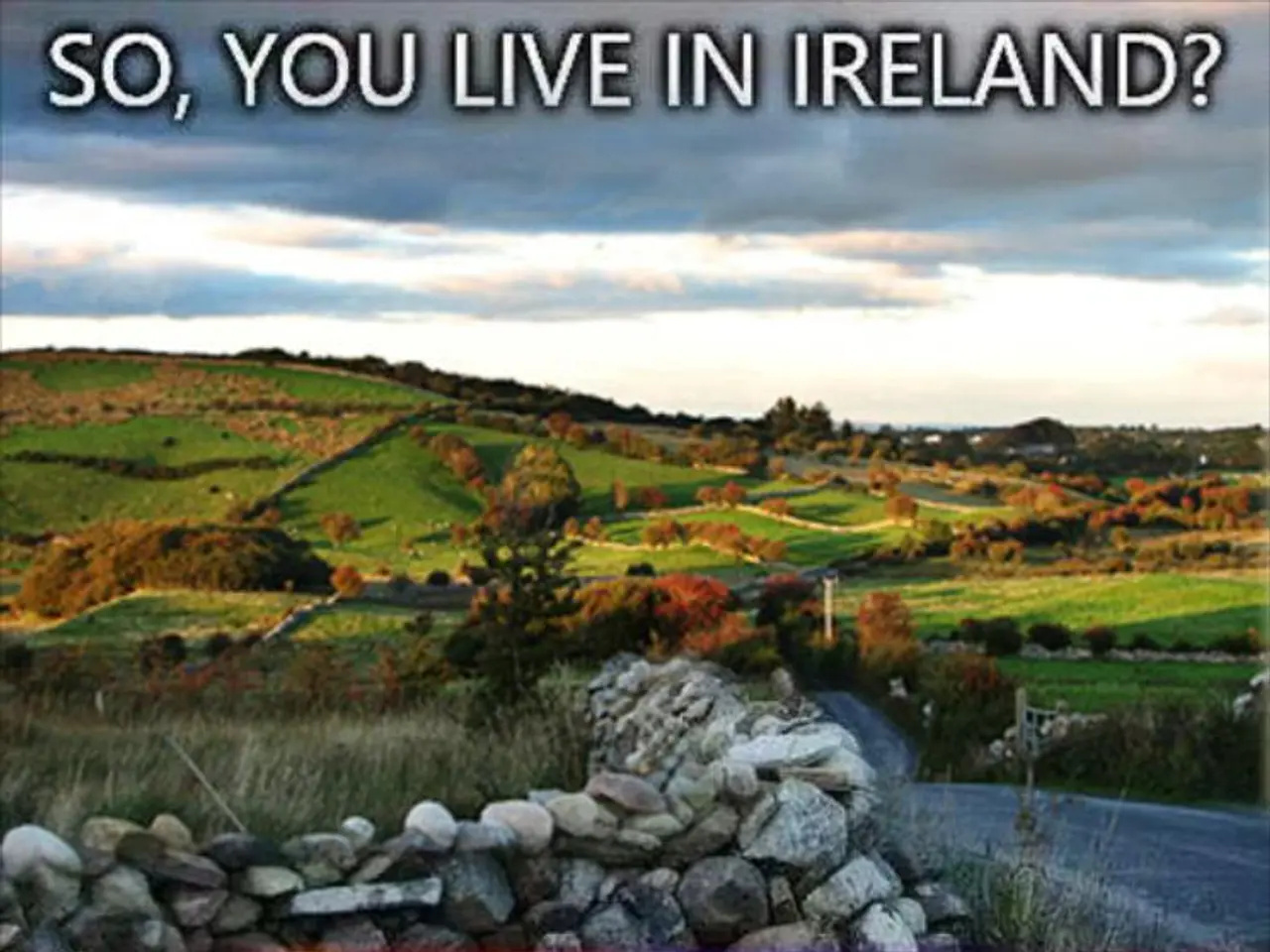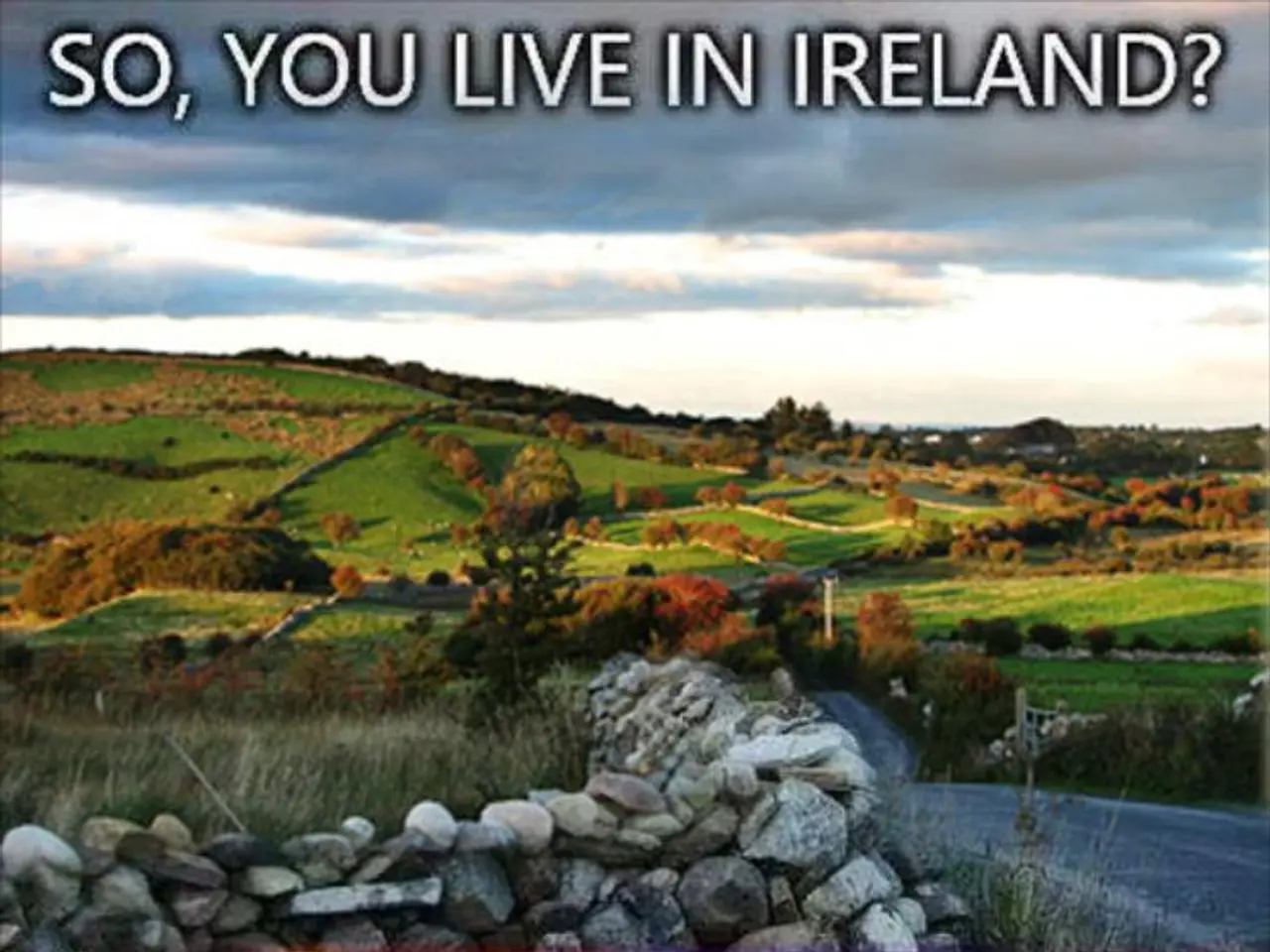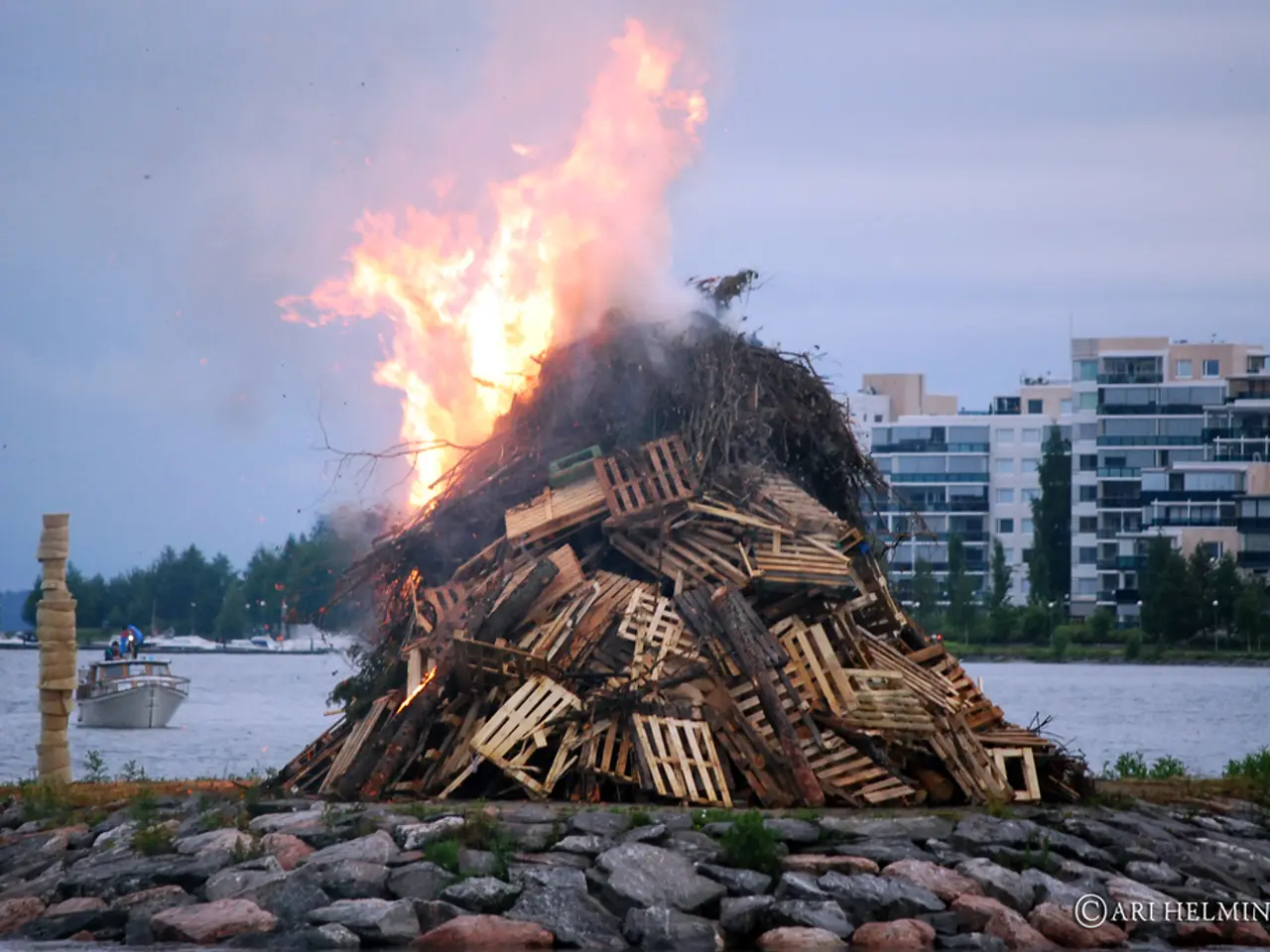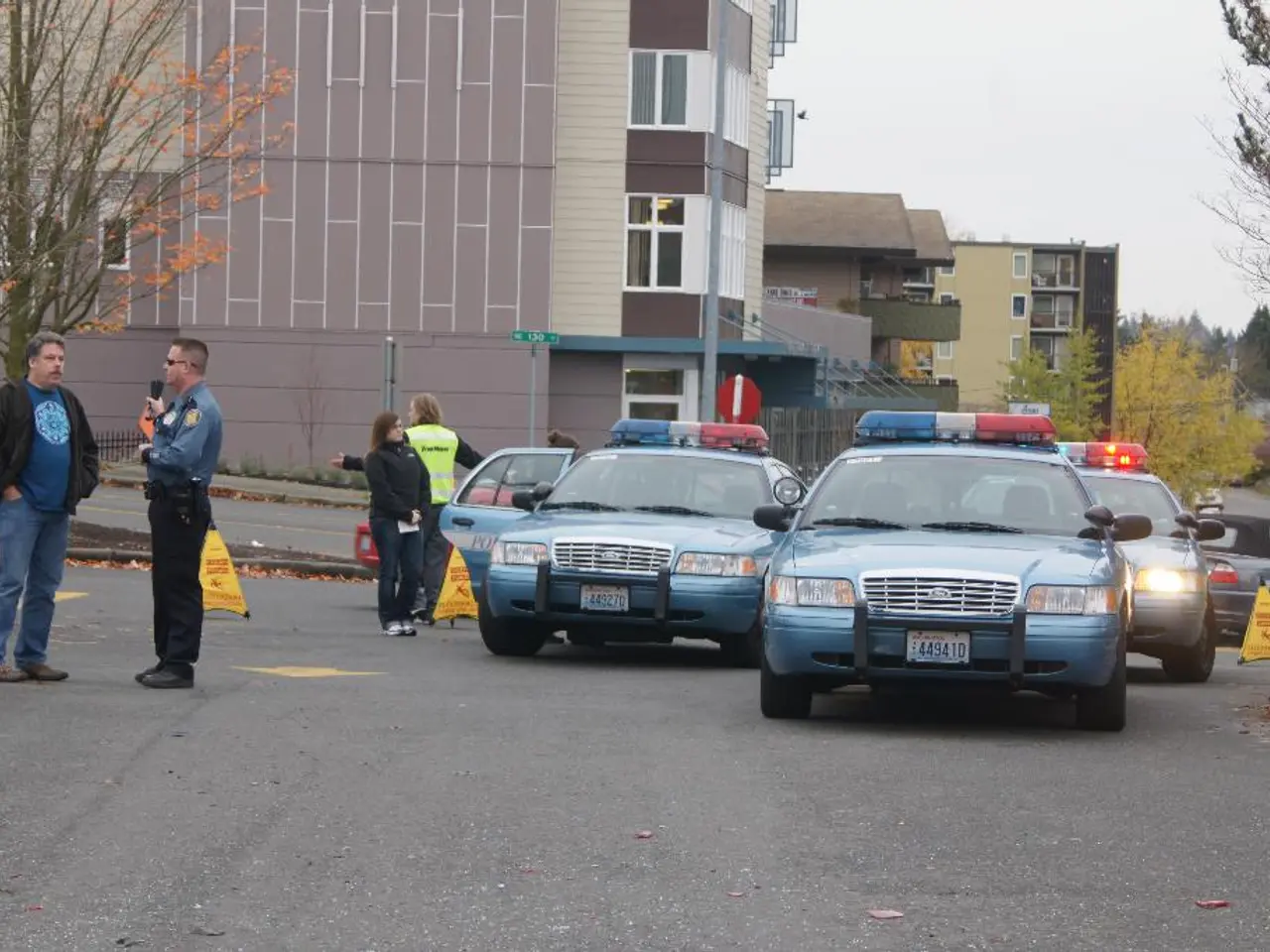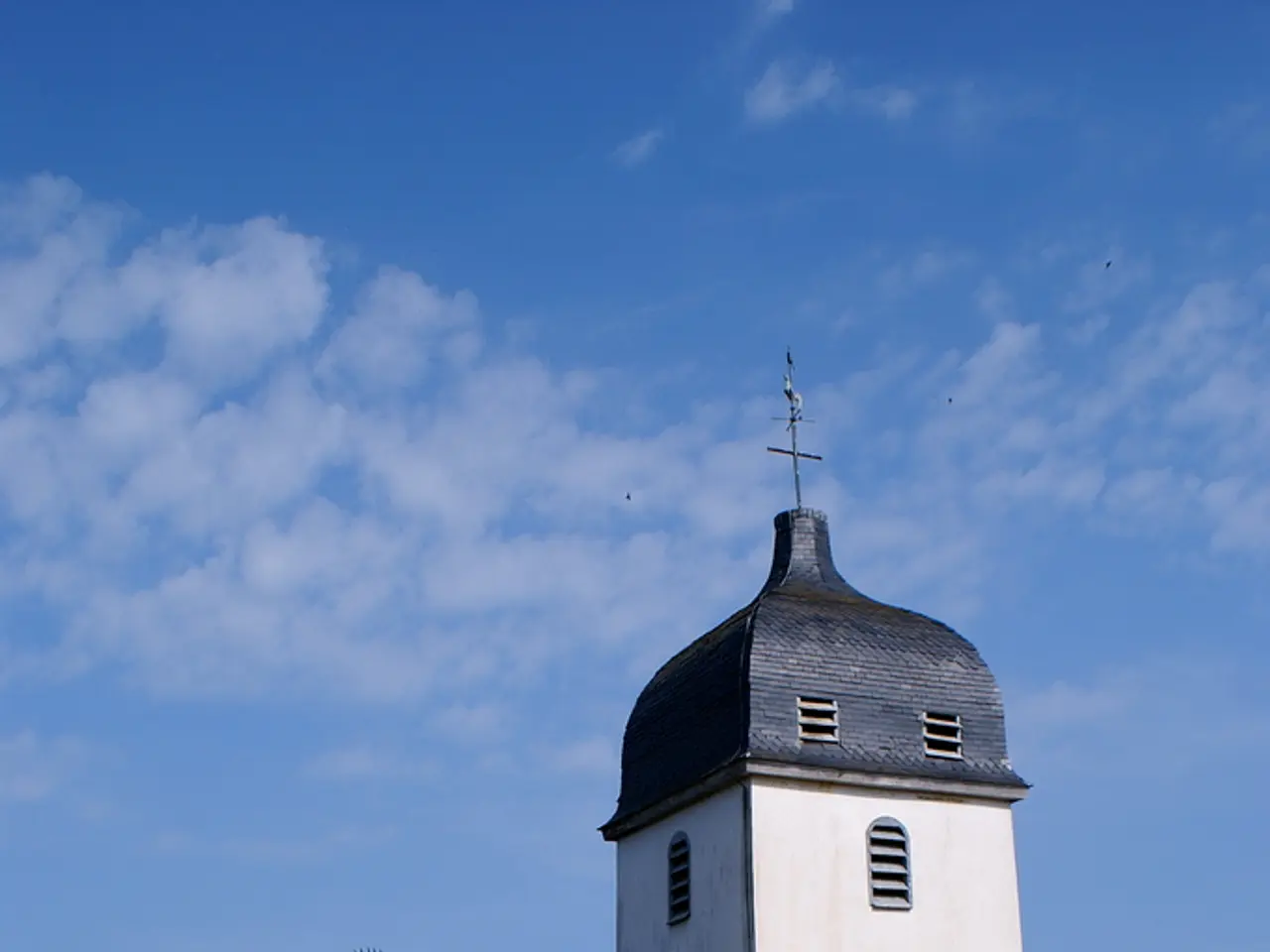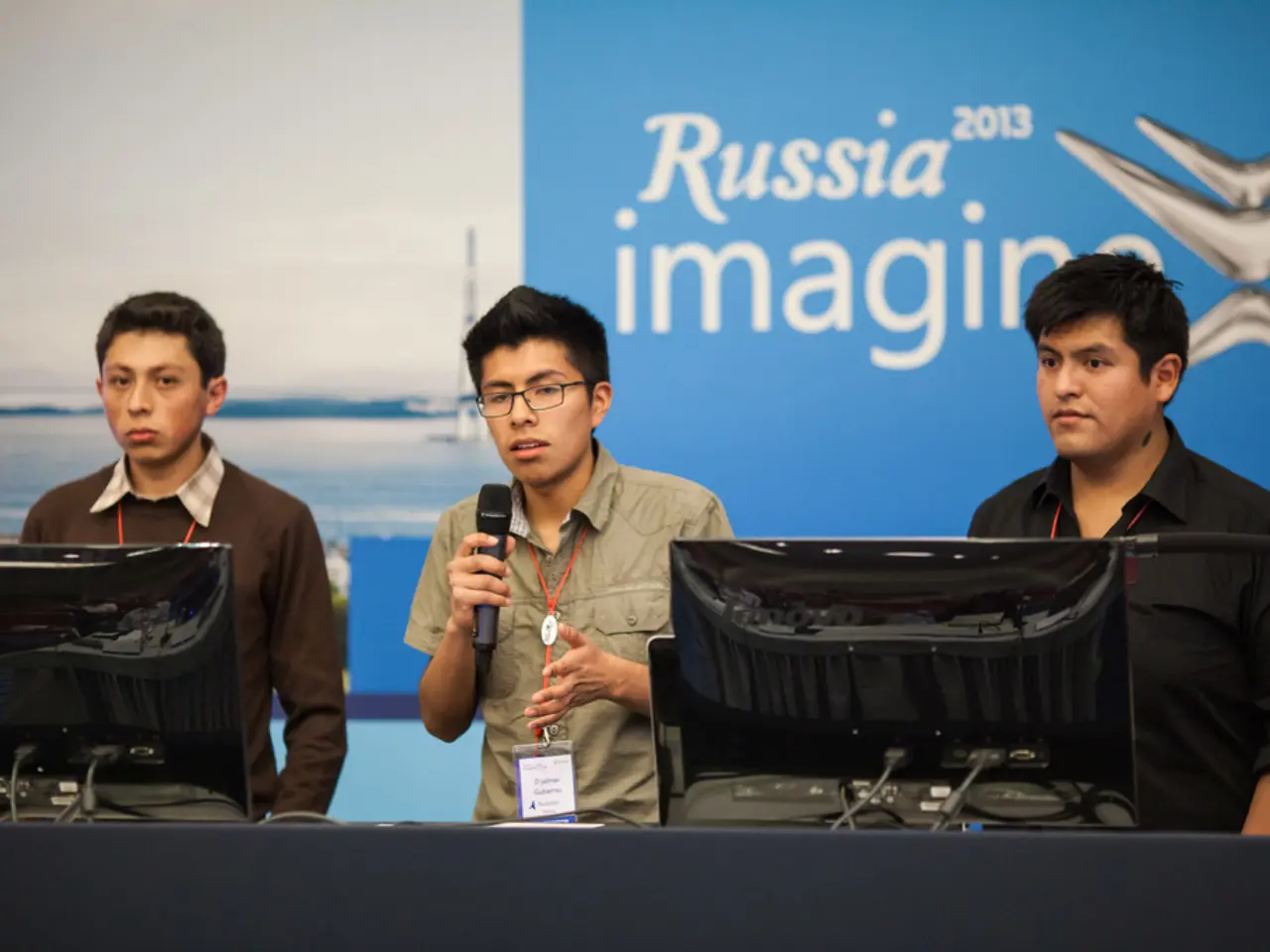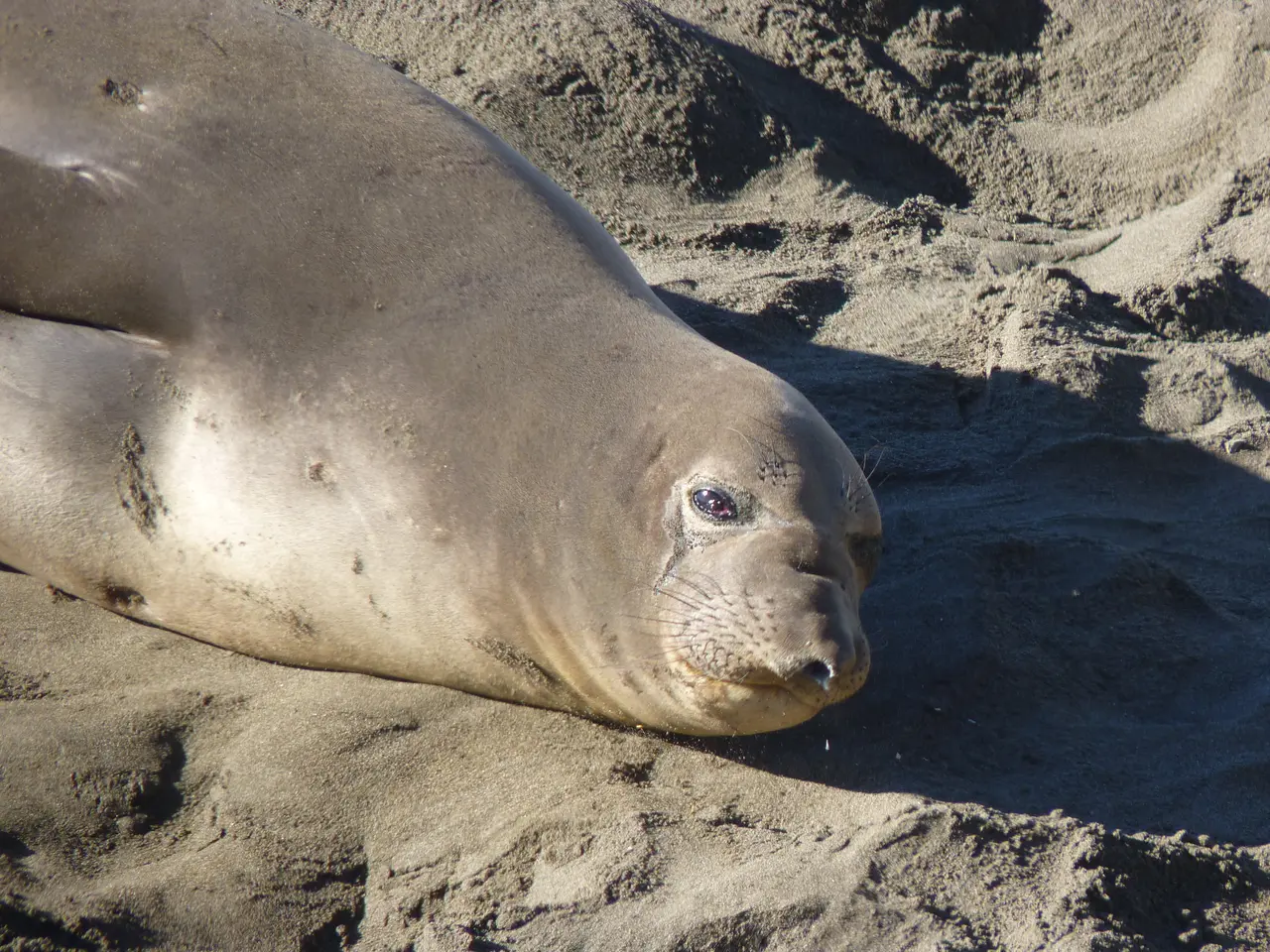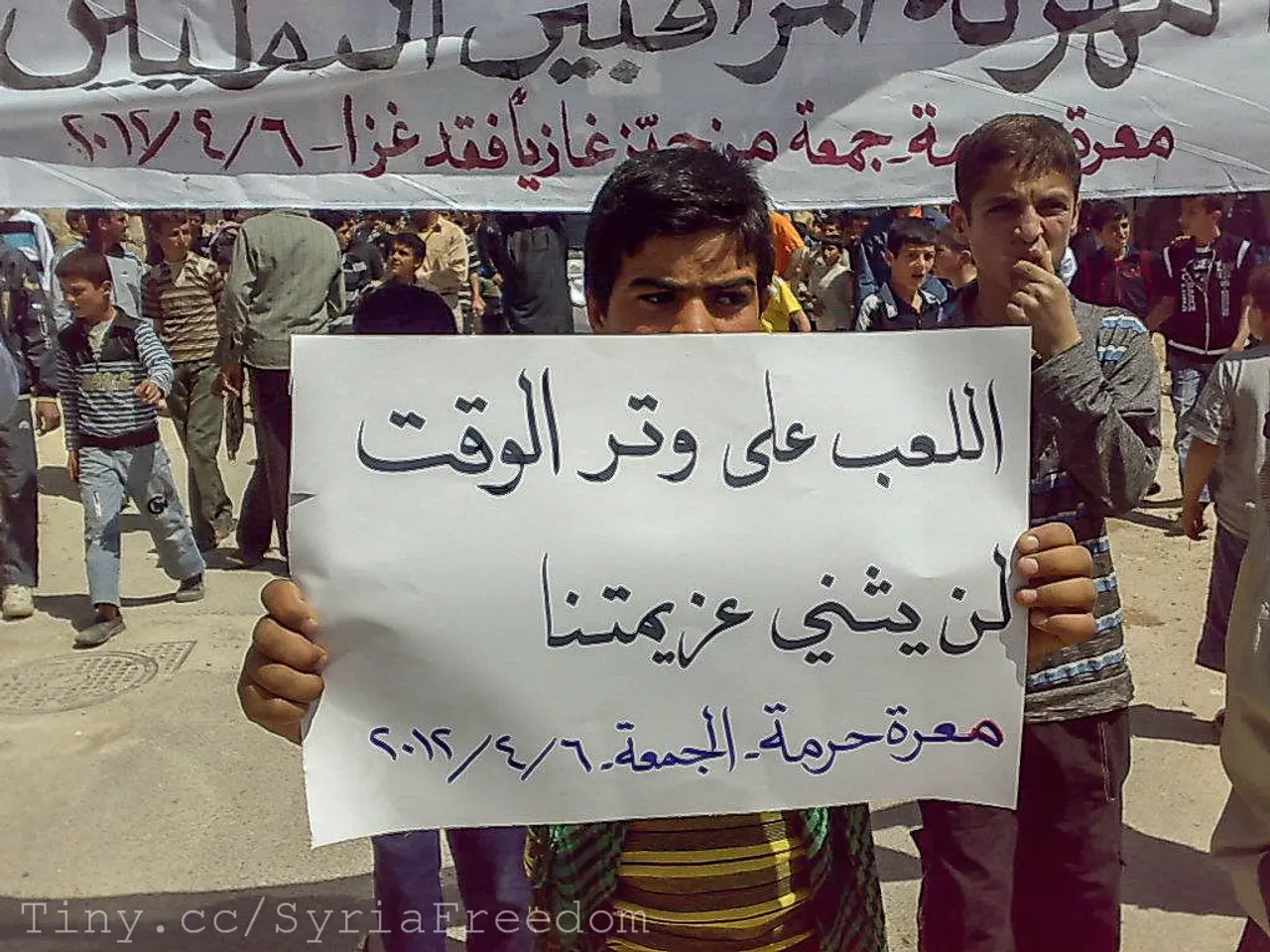Throngs of Residents Forced to Flee Due to Rapid Advancement of California's Canyon Fire
California Wildfires Continue to Rage
Two significant wildfires, the Gifford Fire and the Canyon Fire, are currently ravaging different parts of California, forcing evacuations and causing destruction in their path.
The Gifford Fire, a new blaze that originated from at least four smaller fires last Friday along State Route 166, has spread to 399 square kilometres in Central California. This wildfire has forced closures in both directions east of Santa Maria, a city of about 110,000 people. As of Thursday afternoon, the Gifford Fire is at 15% containment.
The Canyon Fire, which ignited north of Los Angeles on Thursday, is located in a mountainous area just south of Lake Piru, a reservoir in the Los Padres National Forest. As of late Thursday afternoon, the Canyon Fire remains zero percent contained and is spreading east. Fifty-six people were evacuated from the Lake Piru recreation area.
Firefighting efforts for both wildfires are ongoing, with 250 firefighters on the ground for the Gifford Fire, coordinating with helicopters and other air support. In the Canyon Fire, 391 personnel, supported by 45 engines, 7 helicopters, 3 dozers, and 9 hand crews, are working tirelessly to combat the fire. Multiple agencies, including the Ventura County Fire Department, Los Angeles County Fire Department, the U.S. Forest Service, CAL FIRE, and law enforcement agencies, are cooperating in these efforts.
The size of the Canyon Fire has grown to over 5,000 acres, threatening communities including those near Castaic Lake. Lake Castaic, a popular recreation area, was burned by the Hughes Fire in January. Wildfire risk will be elevated through the weekend across much of inland California.
The ongoing heat wave with triple-digit temperatures poses risks of rapid fire growth and heat-related illnesses for vulnerable populations. This weather also worsens air quality. The causes of the Gifford Fire are currently under investigation, while the Canyon Fire's cause remains unknown.
Regarding containment, the Canyon Fire was about 28% contained early on, with minimal overnight fire activity, and increased containment to over 75% by August 9, allowing officials to lift most evacuation orders by August 10. The Gifford Fire, on the other hand, has seen limited progress in containment, with only a 15% containment rate as of Thursday afternoon.
Evacuation orders and warnings were issued across multiple zones in both Los Angeles and Ventura counties for the Gifford Fire. Specific evacuation orders included areas in LA County such as CAS-GOLDENSTATE C, CAS-ROMERO, CAS-HASLEY, CAS-VALVERDE B and D, and in Ventura County zones around Piru and Lake Piru. Warnings covered additional surrounding areas.
The Gifford Fire has already caused injuries, with at least four people reported to have been injured. A serious injury occurred when a fire battalion chief was involved in a rollover crash during fire operations; he was airlifted for treatment.
The threat in Southern California is driven by persistent drought, high grass loads, and weakening coastal moisture, according to a wildfire forecast by the state's fire department. August and September are typically the most dangerous months for wildfires in California. As of now, around 4,200 residents and 1,400 structures are under an evacuation order in LA County.
The heat wave in the area is intensifying, posing a threat for wildfires. Wildfire risk will be elevated through the weekend across much of inland California. It is crucial for residents to stay informed, follow evacuation orders, and take necessary precautions to ensure their safety during these challenging times.
Science shows that climate change exacerbates weather conditions, leading to extended heat waves and dry spells, which contribute to California's environmental-science challenge of managing wildfire risks. The ongoing Canyon Fire, fueled by these weather conditions, remains zero percent contained, threatening communities near Castaic Lake, previously burned by the Hughes Fire.
